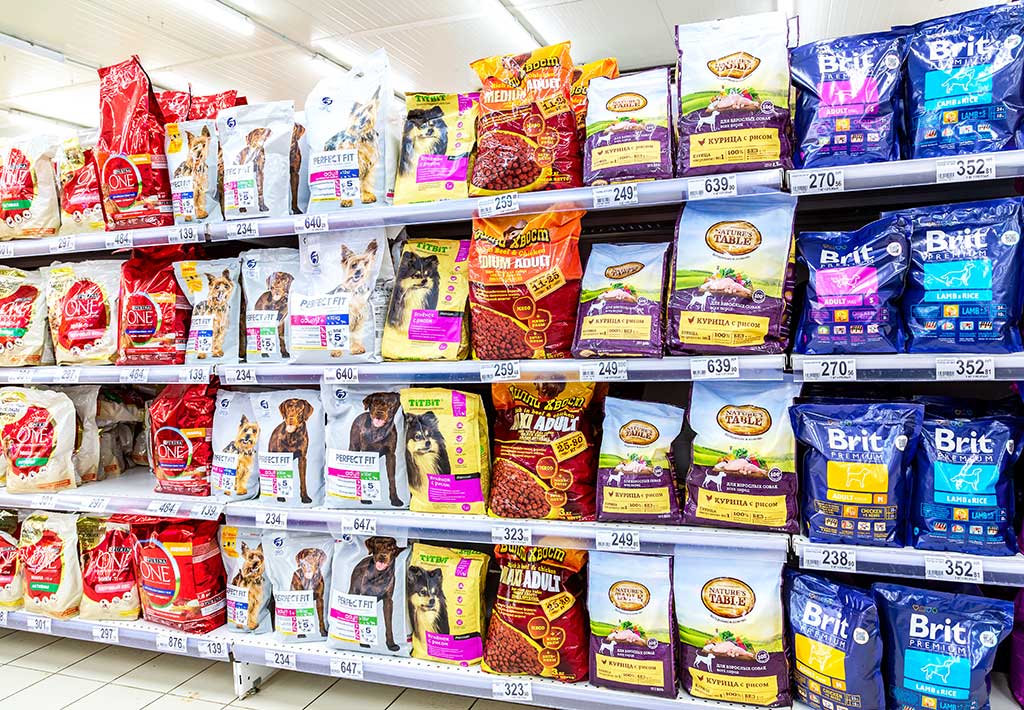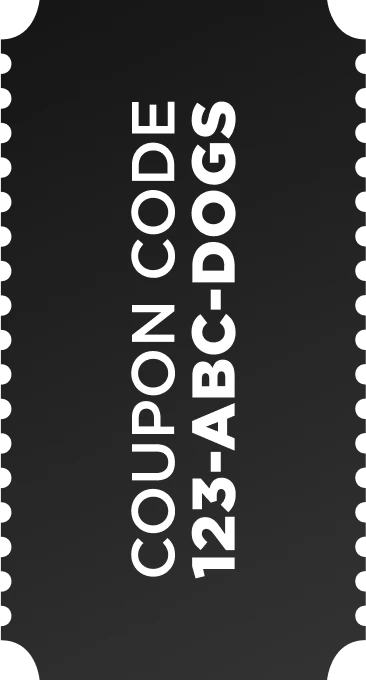
Whether you are raising a dog from a small puppy or are taking care of a more mature canine, it’s important to make sure you provide your animal with plenty of fresh water and good sources of nutrition. That’s the key to a happy and healthier life for your pet.
If you have limited experience selecting pet food, it’s useful to keep some ideas in mind to emphasize good foods and to reduce or eliminate bad foods in your choices.
Don’t make choices just based on advertising messages or how much a particular brand of food costs.
Food with poor nutrition might come at a premium cost because of branding, depending on the manufacturer. On the other hand, you may find that a less expensive brand actually has the high quality food your dog craves.

When you analyze food at its most basic level, you can break it down into major categories, such as carbohydrates, fats and protein. Here’s a brief guide to each.

Just as human babies eat differently than teenagers and teenagers need more calories than middle aged adults, dogs also need different levels of nutrition depending on what stage of life they are in.

Dog owners will treat their pets well if they carefully examine the nutritional labels before making a purchase.
Never allow your dog to eat any of the following foods, as they can cause illness or death in canines:
* Chocolate: dangerous for dogs, especially dark chocolate
* Coffee or tea: (anything with caffeine, which is poisonous to dogs)
* Dairy products: for dogs that are lactose intolerant, avoid giving them dairy products
* Garlic and onions: they lead to canine anemia
* Macadamia nuts: cause death in dogs
* Raisins/grapes: (raisins are dried grapes) contain a substance toxic to dogs that humans are immune too

Here are some of the questions most often raised by dog owners:
If your dog has trouble digesting grains, then yes, it’s okay to offer a grain-free diet, based on advice from your vet.
2. What about raw food?
It’s not generally considered safe to feed your pet raw food. Cooking removes dangerous microorganisms.
3. How to choose the best dog treats and bones?
The best treats are natural foods, such as a baby carrot or piece of broccoli. Keep treats to 10 percent of your dog’s diet.
4. How much should your dog drink?
Give your dog fresh water every day. Provide at least one ounce of water for each pound your dog weighs.
5. What foods should my dog never ever eat?
As noted above, chocolate, onions, garlic, grapes, raisins, and macadamia nuts are chief examples of food that is strictly forbidden for dogs.
6. What food is good for a healthier coat?
A good balanced diet is what your dog needs to be healthy in general, including the coat. But remember that essential fatty acids are needed, so verify they are included in the dog food you buy.

A trip to the grocery store pet aisle or local pet supplies company will reveal a whole range of dog food types. How do you decide what kind of food to serve your pet?
* Dry: Good for a dog’s teeth, and very convenient
* Wet: Gives more moisture, which is particularly needed for dogs that don’t tend to drink much water.
* Canned: You’ll find that canned foods are shelf-stable and last a long time, giving you a reliable source of nutrition to your dog.
* Pouches: These are convenient for dog owners since they store easily and open in a snap.
* Frozen Raw: A more expensive option that requires you have space in your freezer to store this dog food option, which you can anticipate will be high in nutrition as well as formulated to taste great.

The easiest way for you to balance food types is to stick with a reputable pet food manufacturer, which will base its recipes on nutritional science and data to formulate meals for pooches in every stage, from puppies to senior dogs.
* Supplements: Generally, you will want to consult with your dog’s veterinarian to see whether your canine needs supplementation. Dogs’ needs can change as they grow older or if they have any underlying medical conditions.
The best way to stay on top of your dog’s health and to know what supplements might be needed is to bring your pet in for a checkup at least once a year.
* Diet Foods: Sometimes the vet will prescribe special diet foods for pets that have grown obese. Again, it’s best to bring your overweight dog to the vet for a consultation, to see what changes you might need to make in food choices and exercise.
There are many details to consider when preparing healthy meals for your dog. Hopefully this guide has given you a better sense of what’s needed to promote good nutrition for your pet dog in all stages of its life.


Share a discount coupon code to a pet lover redeemable for food, training, boarding and more...

Fill out this form and a member of our staff will get back to you shortly!